Over 400.
That’s the number of pictures I took at The National Civil Rights Museum at the Lorraine Motel in Memphis, TN. That’s not even snapping half of the things we saw as it’s a huge museum that would take days to fully explore.
We went one afternoon and took in as much as possible and it still feels like we scraped the surface. One of the things that really stood out for us, even though we went to quite a few Civil Rights locations in the last two years, is that we still learned new things about the Civil Rights Movement that we didn’t know. It’s a powerful and touching museum that everyone should make the effort to go and visit.
There’s free parking outside the museum, so you simply park and head in. On your way to the entrance you’ll pass a protester. The photo below shows her site and the reasons she’s protesting. We walked over and had a look at her information and saw that she’s been protesting on this site for over 31 years. Having not been inside yet, I could understand some of her concerns – that maybe a huge financial project in Dr. King’s memory isn’t really what best serves his memory. It’s like taking selfies outside of Holocaust memorials, or the fact that there’s a shopping mall included on the site of 9-11 memorial in NYC; there’s something gross about financial benefit from these tragedies. However, I decided to try and keep an open mind about the museum before passing judgment.

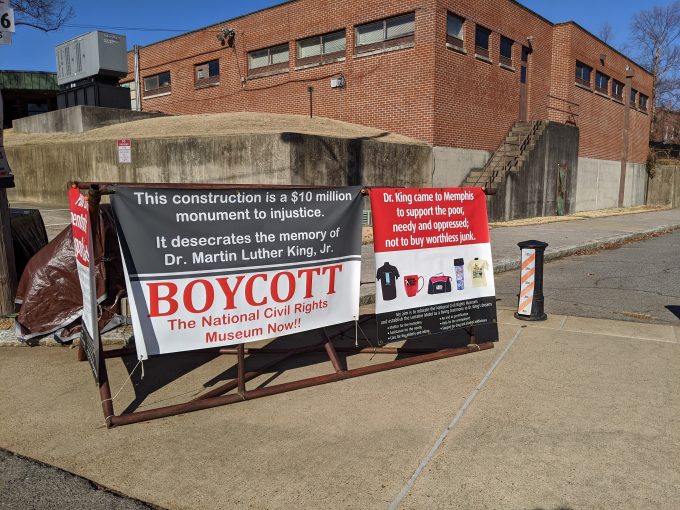
I’m glad that I did. While I think this woman’s protest is worthwhile in its theory (that Dr. King would want that money and the site to be used for those that are in need), in reality The National Civil Rights Museum is more than a gift shop. It’s a memorial. To the men and women of slavery, to those that suffered under Jim Crow laws, to those that fought for equal rights during the Civil Rights Movement, to those that continue to carry on Dr. King’s mission to see equality for all people and to Dr. Martin Luther King himself.
What you’ll see here is just a taste of what you can expect when you pay your entry fee to The National Civil Rights Museum. Some of the images and language used are going to be uncomfortable, but I encourage you to sit with your discomfort and take in all that has been done and still needs to be done to create a place of equality for all, especially for people of color who’ve been grossly mistreated and oppressed throughout the world.

On the site of the historic Lorraine Motel – the site of Dr. King’s assassination – and the boarding house across the street, The National Civil Rights Museum chronicles the history of Africans in slavery from the early 1600’s through the Civil Rights Movement into the present.
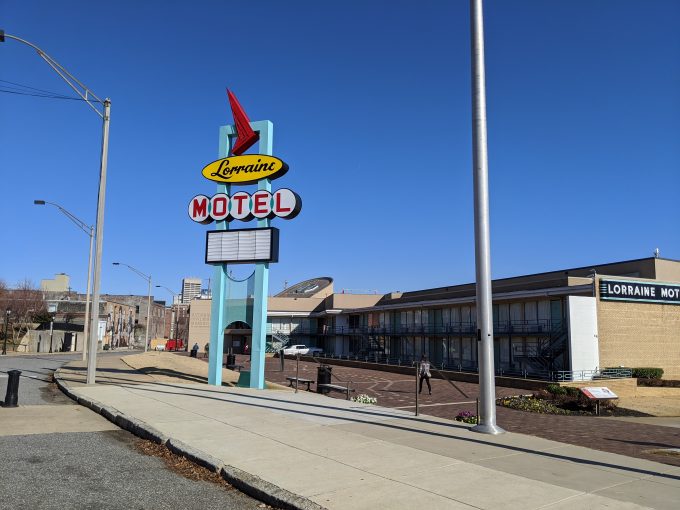
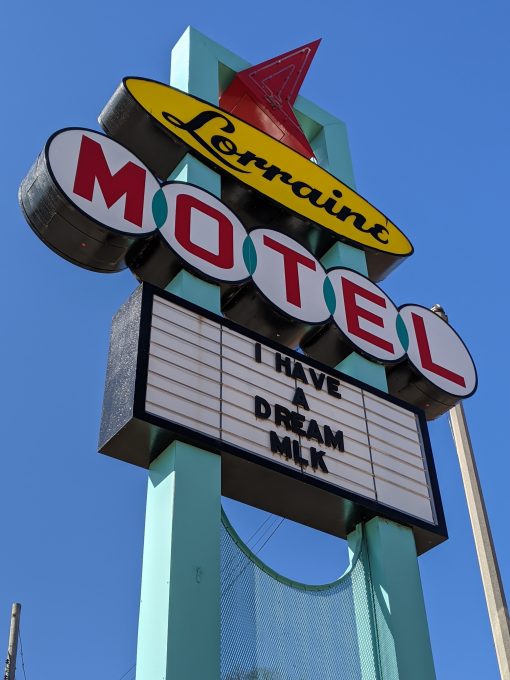

Outside there are videos that explain why Dr. King was in Memphis in the spring of 1968. He was there to support the Sanitation Workers “I am a man” strike for better working conditions. This was just one of the many things I knew nothing about when arriving at the museum.
If you aren’t going inside, I encourage you to watch all the videos as you walk along. If you decide to go in to the museum, I’d recommend waiting until you finish the first building before watching them. The museum starts with slavery and takes you on a timeline through to the murder of Dr. King and is very powerful in its layout.
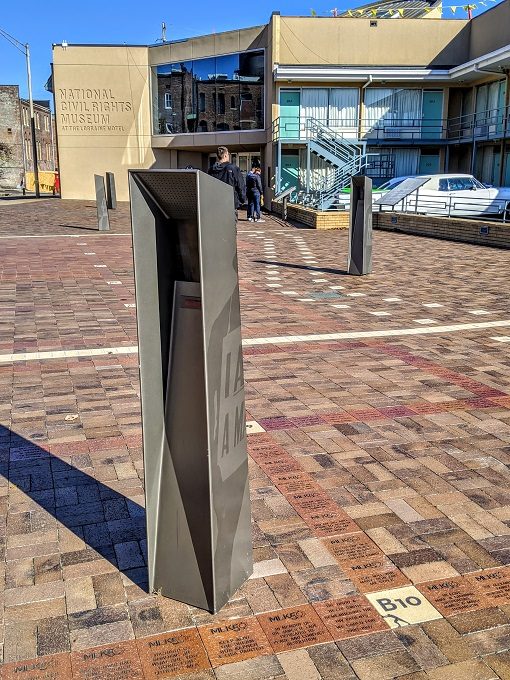
Slavery
The museum starts with an exhibit on slavery. This creates perspective for why the Civil Rights movement was necessary. It shows how inhumanely Africans have been treated in this country since its foundations.
Note: make sure you head through the opening (there are two) towards the correct exhibit – if you go to the restroom that’s off the exhibit, you’ll see an entrance for the Freedom Riders exhibit (this will drop you farther along the timeline and is not the one you want) – that starts with information about Jim Crow laws after the Civil War.
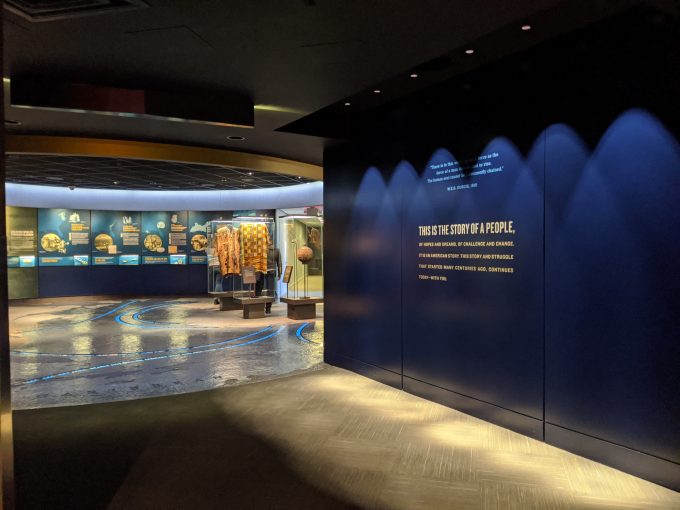
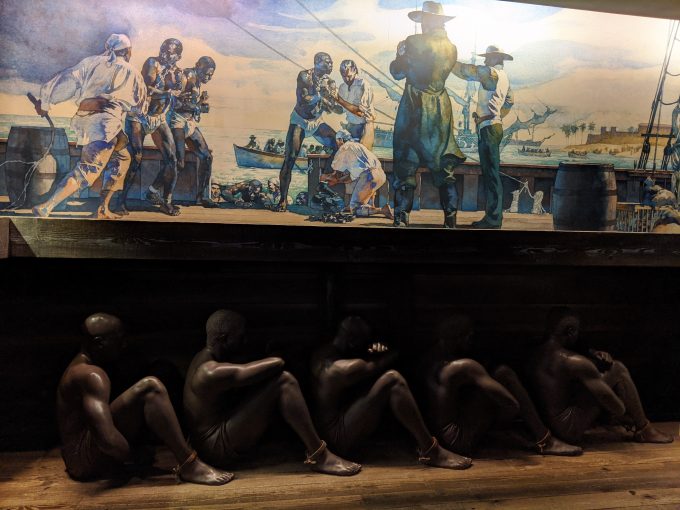


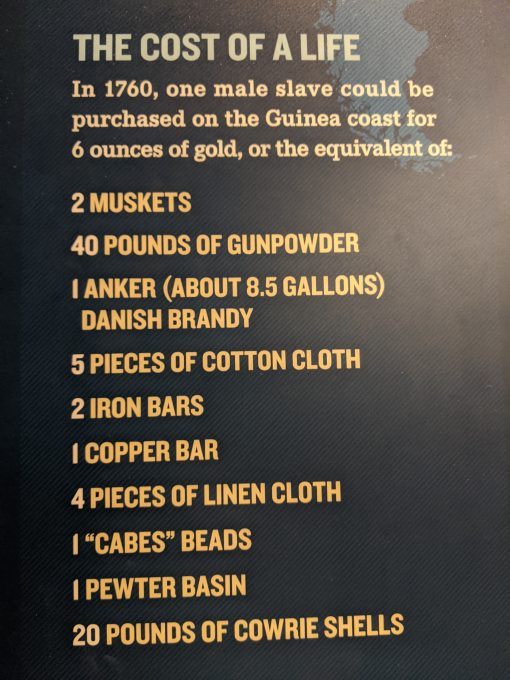

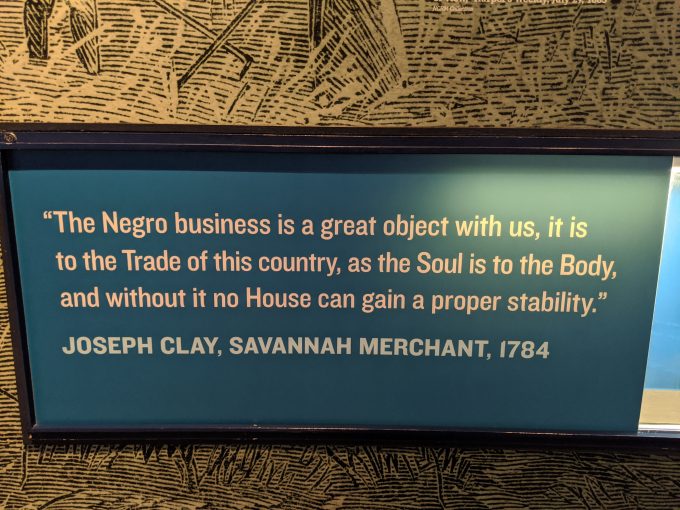

Jim Crow Laws
In the Jim Crow Exhibit there are features of those that fought to make a change from 1896 -1954 fighting against the Jim Crow Laws and segregation.
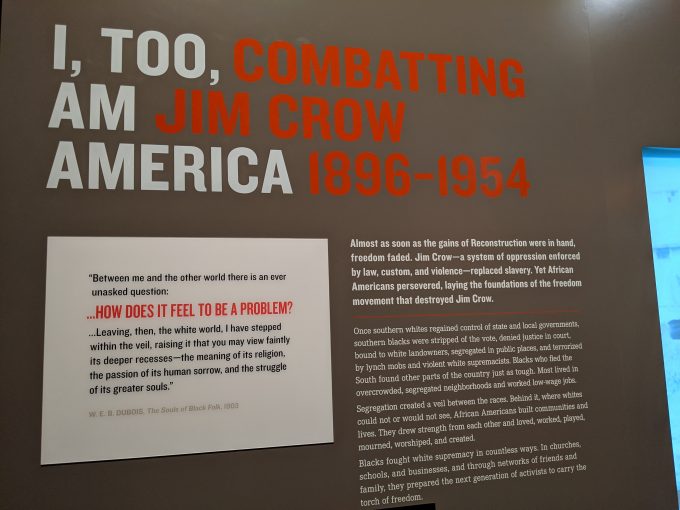
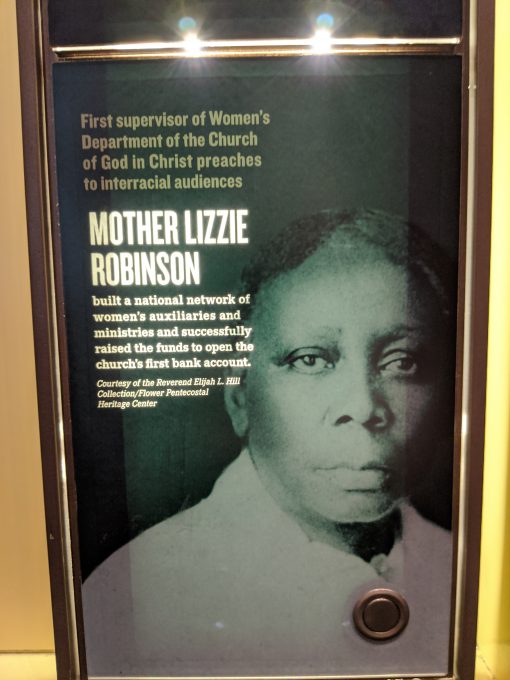
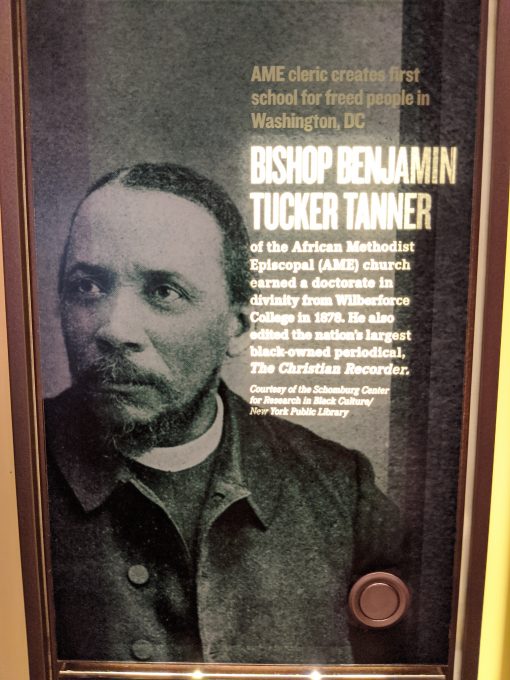
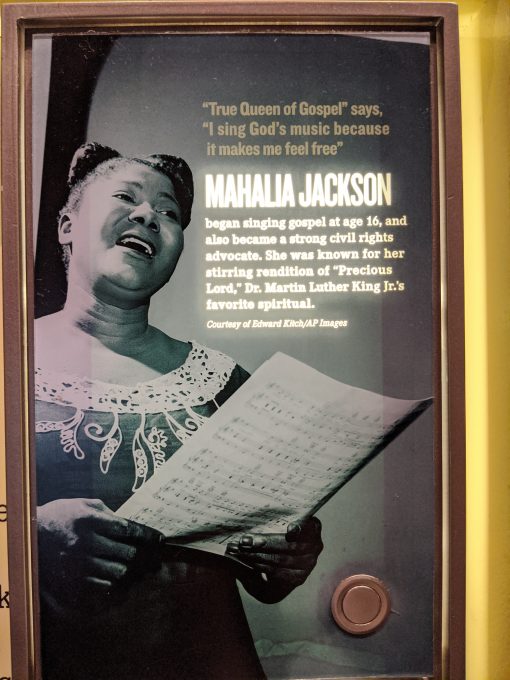

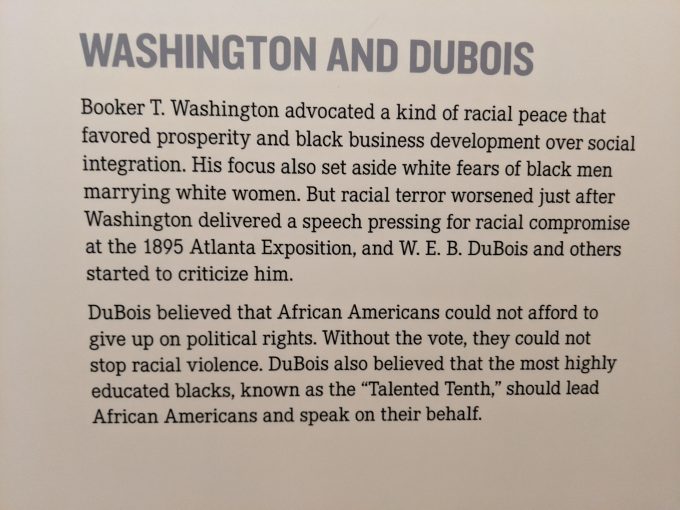
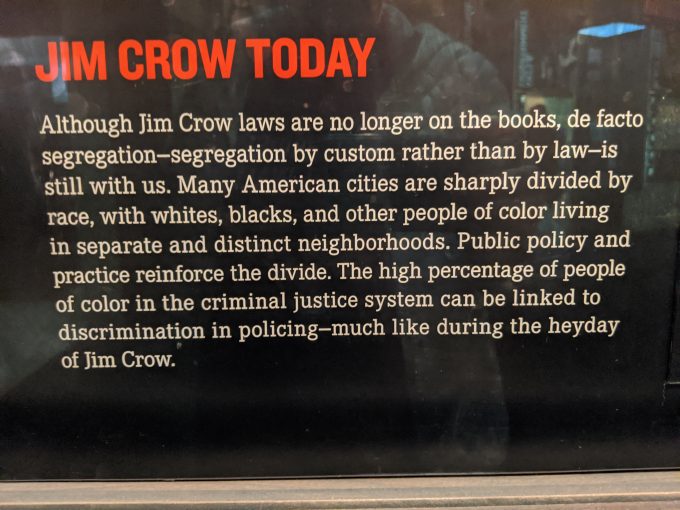
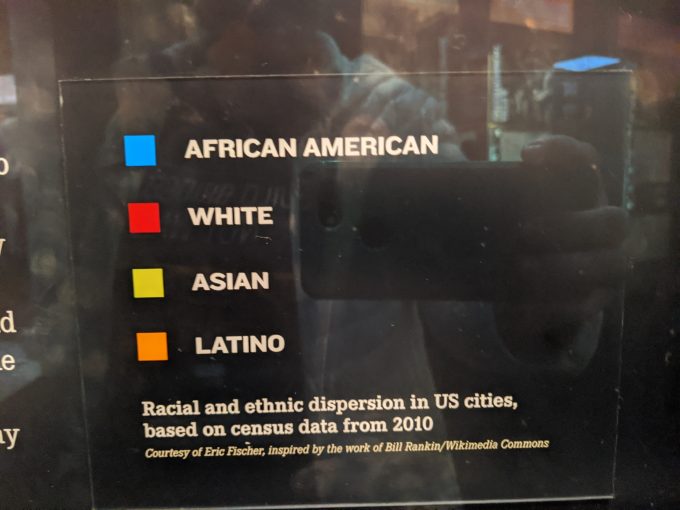

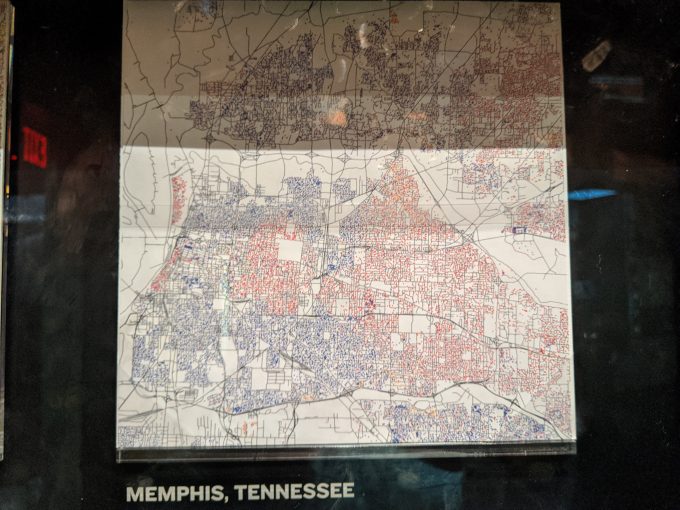
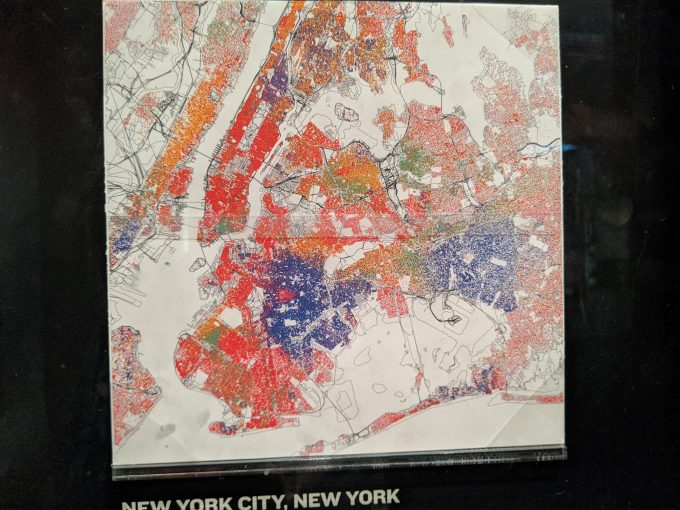
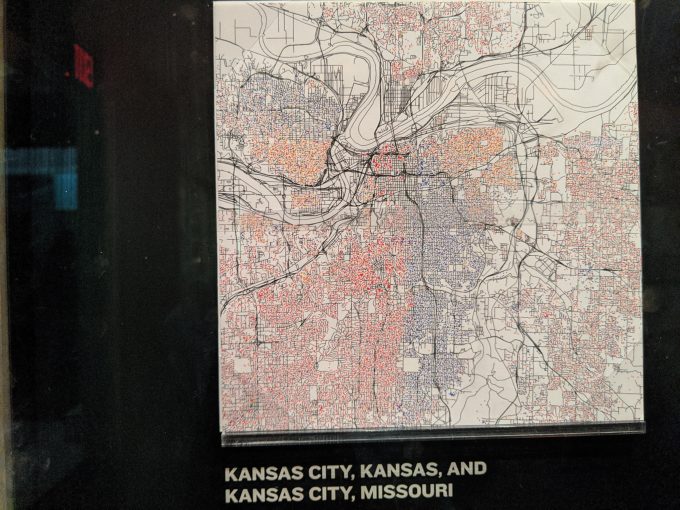
Finally, segregation that was started with Plessy vs. Ferguson finally began to be dismantled with Brown v Board of Education – when the Civil Rights Movement as we know it began in earnest.
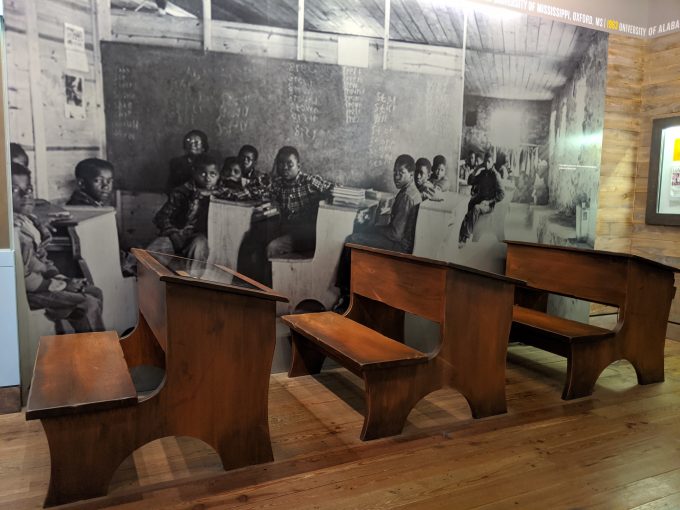

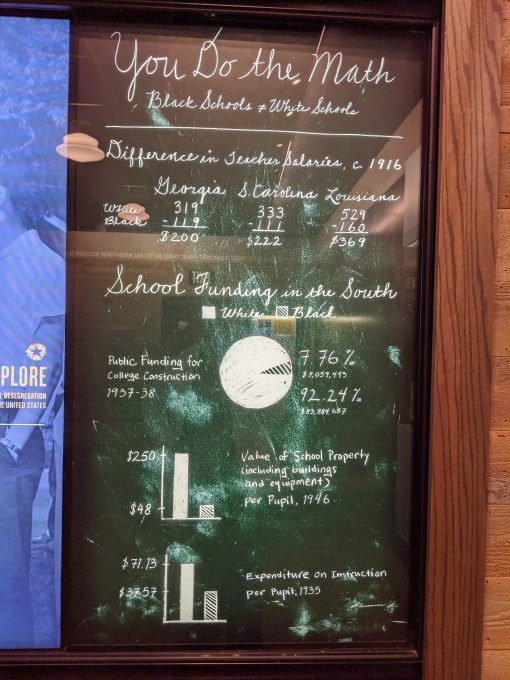
Civil Rights Movement
The main exhibits throughout the museum cover the history of the Civil Rights Movement from 1955-1968.

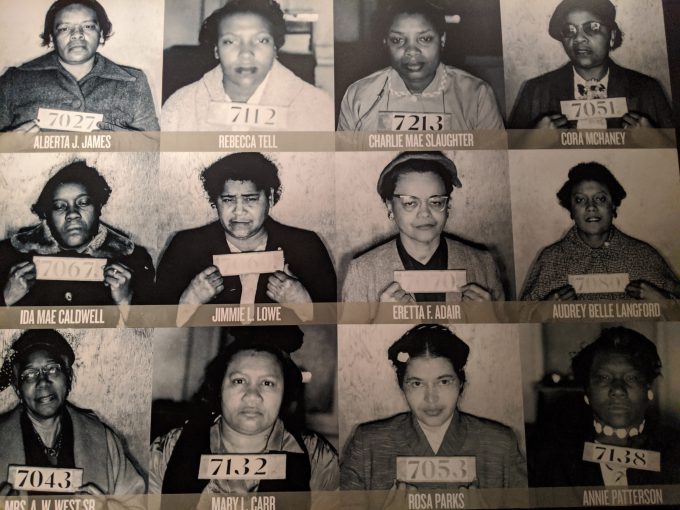
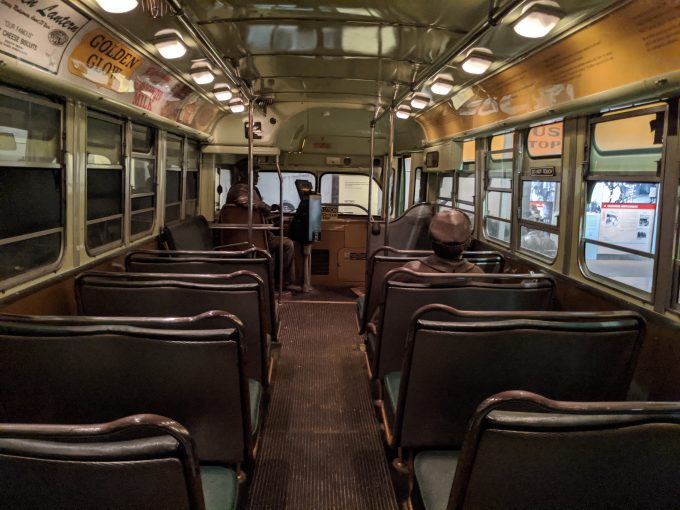
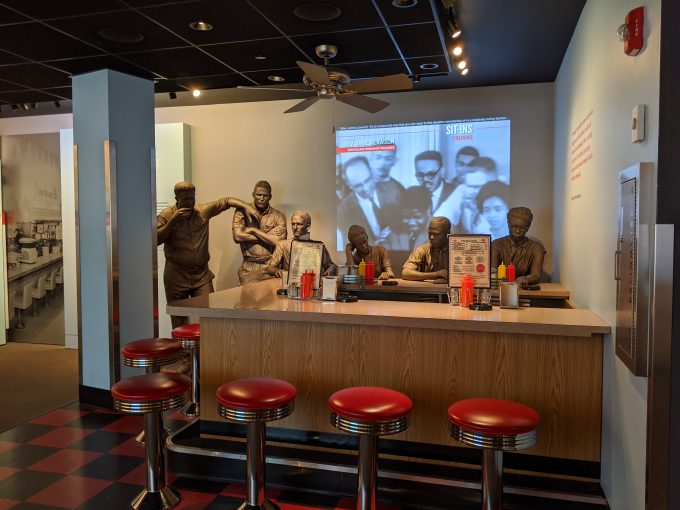

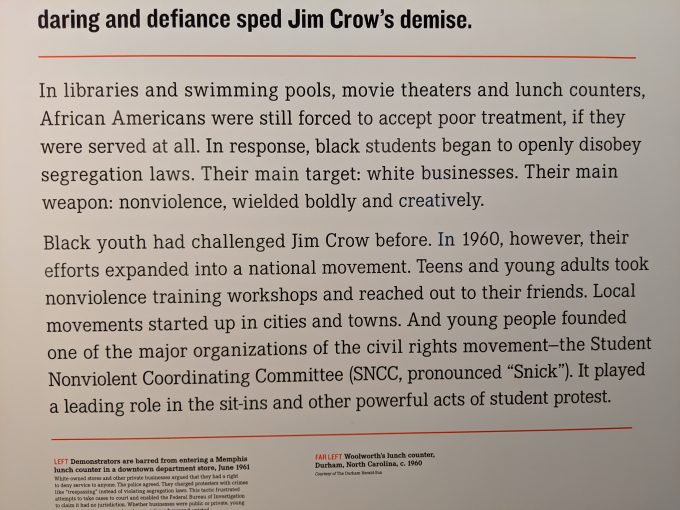
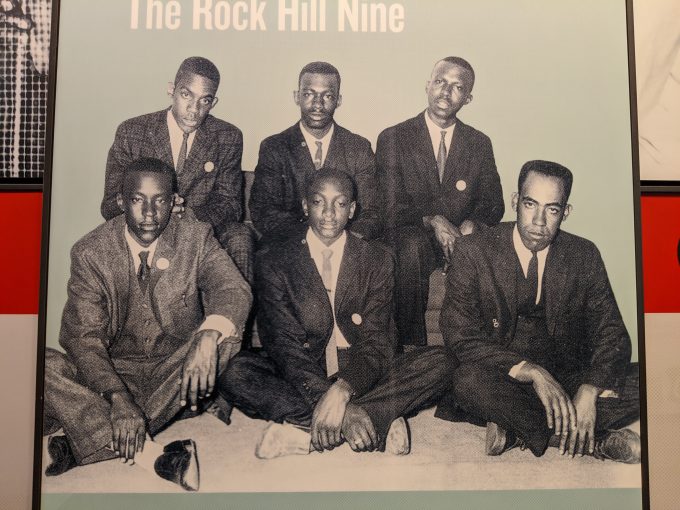
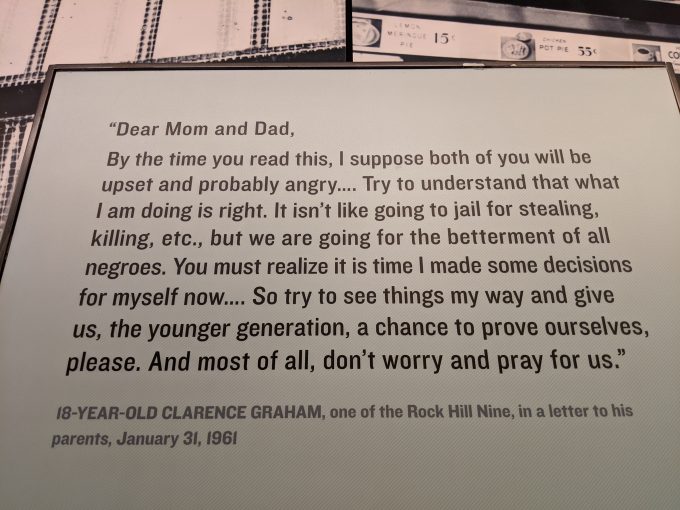
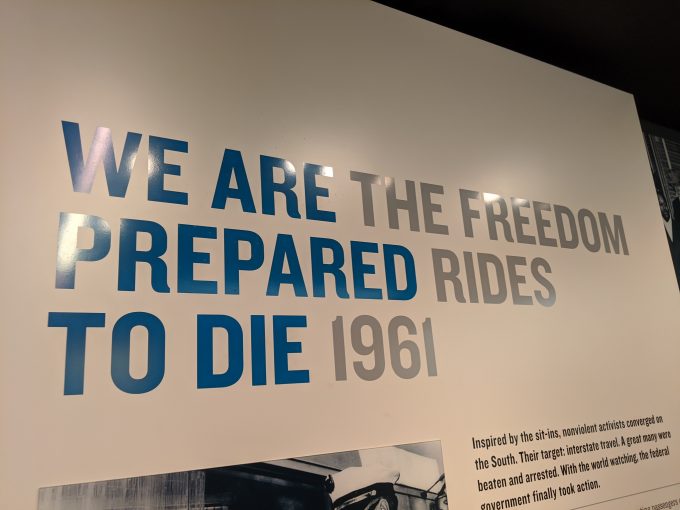


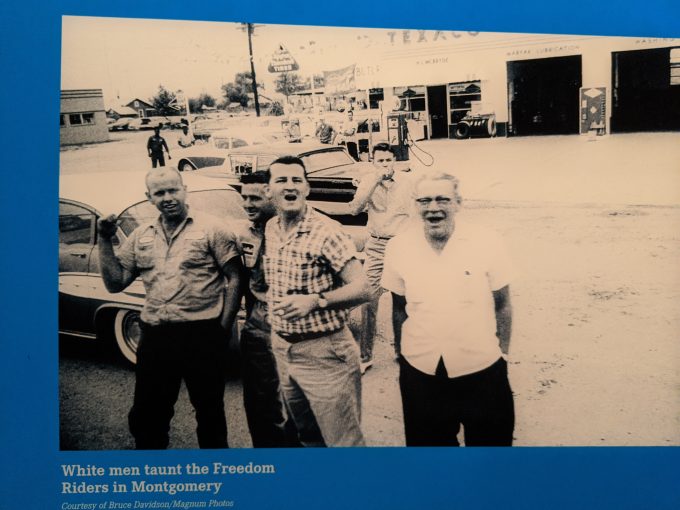
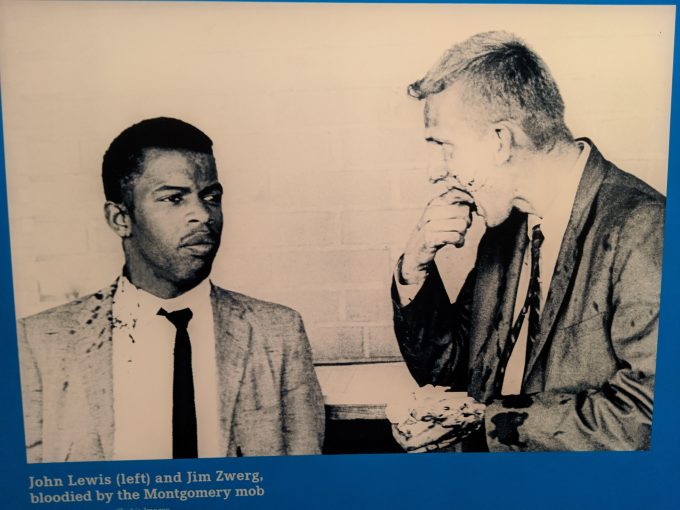


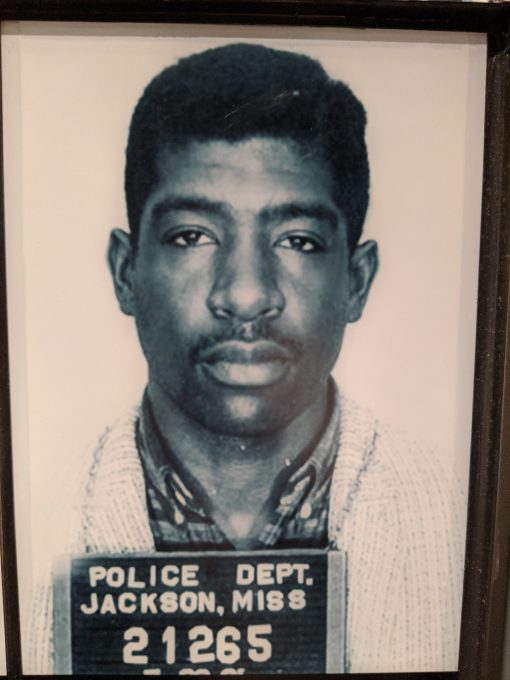
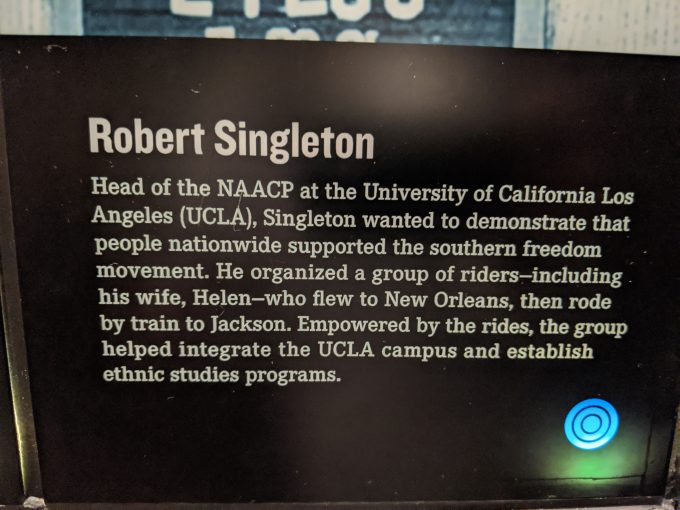
Another bit of new information for us at The National Civil Rights Museum was information about the Children’s Crusade.




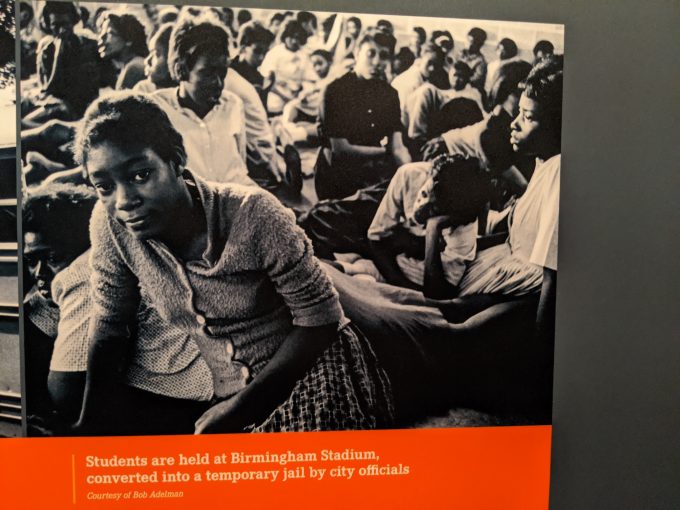
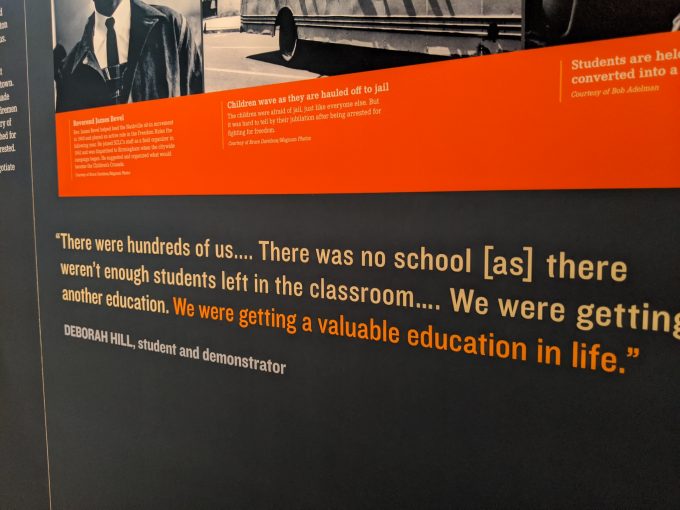
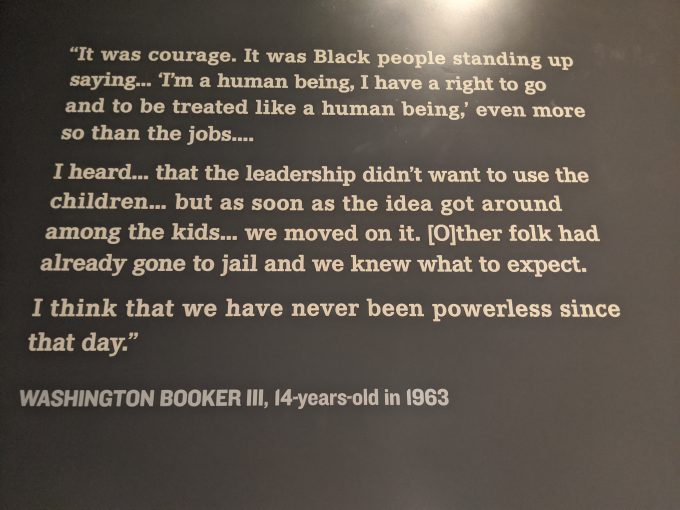

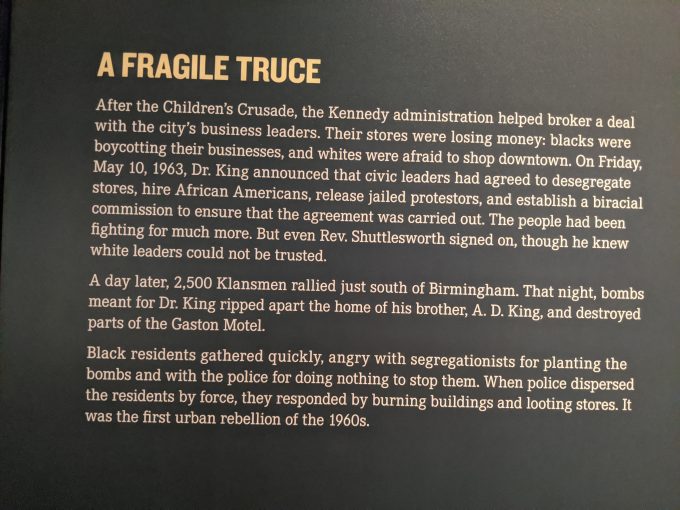
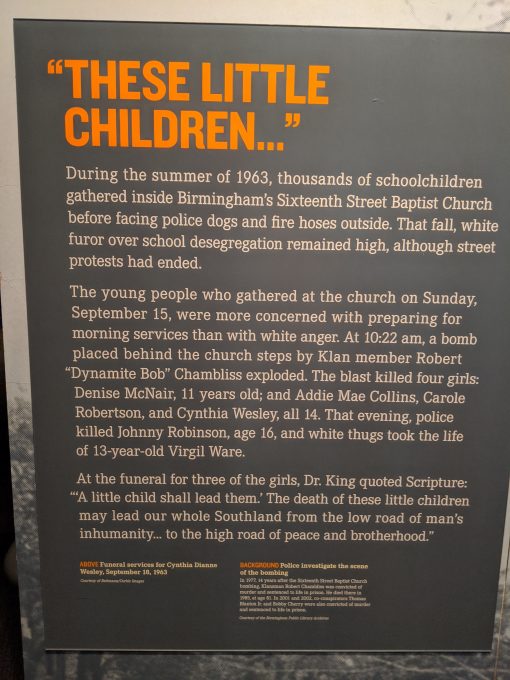
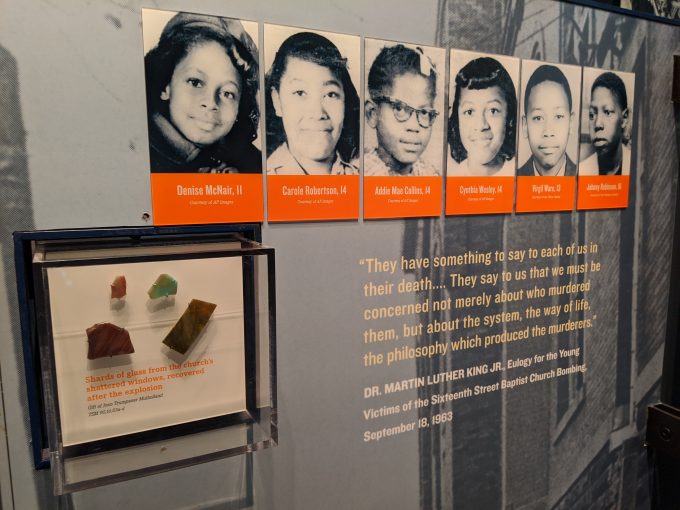
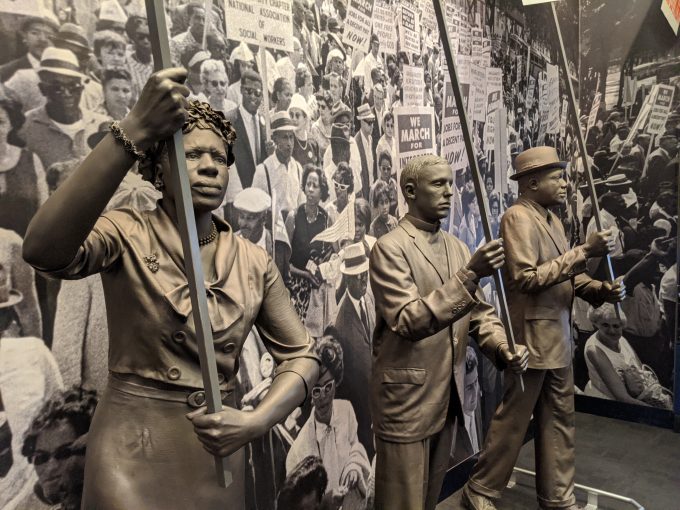



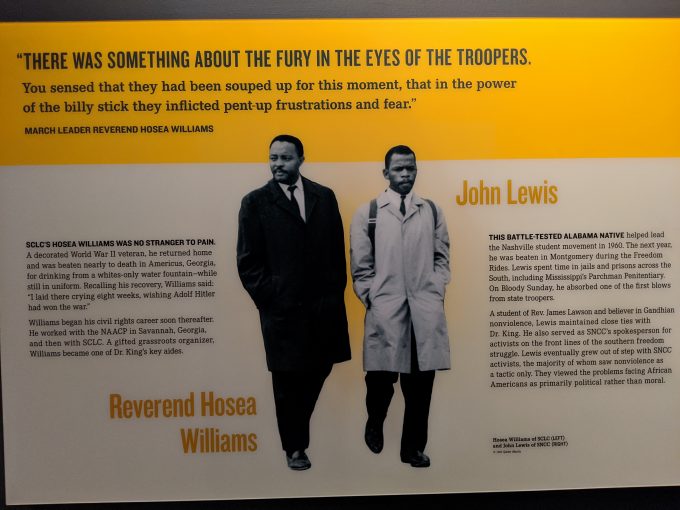



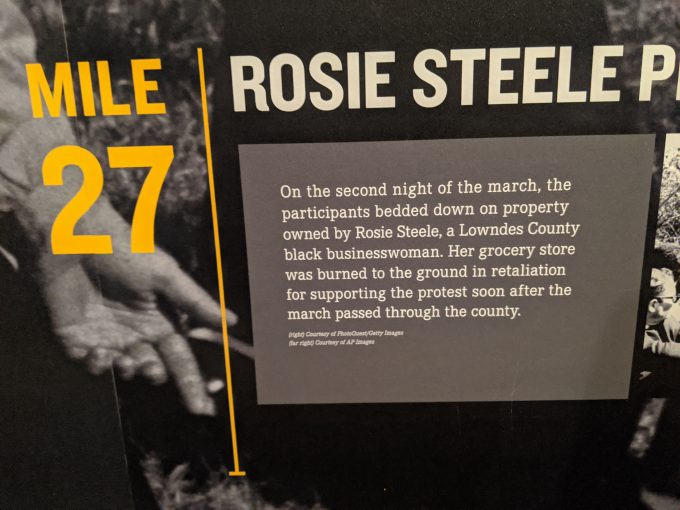
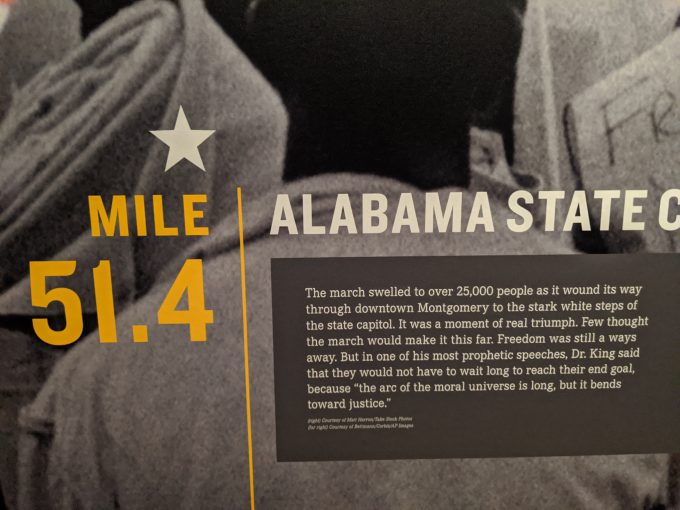

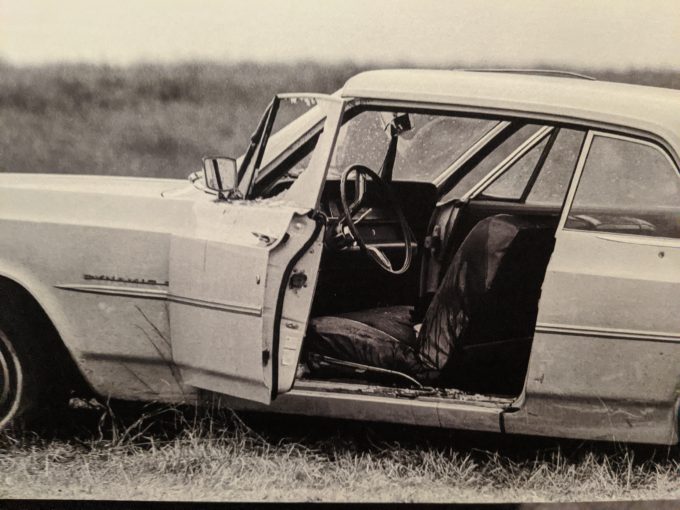

The Sanitation Workers Strike
I mentioned earlier that I didn’t know anything about the Sanitation Workers Strike of 1968 and I didn’t know much about the events surrounding Dr. King’s death. Here is an example of the videos that can be watched outside the museum.
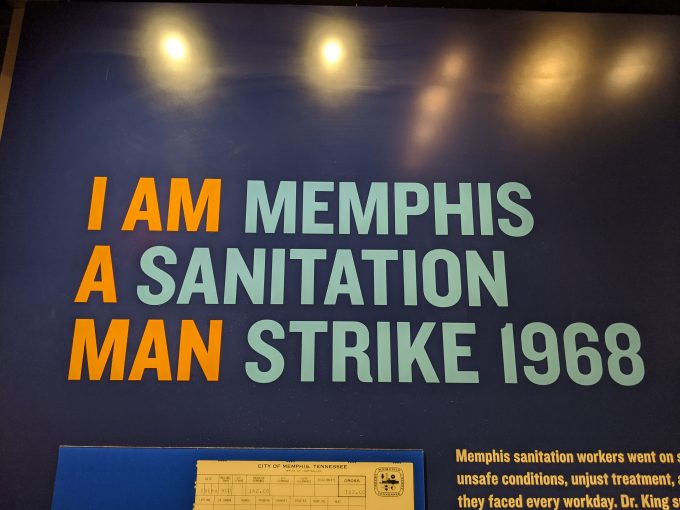
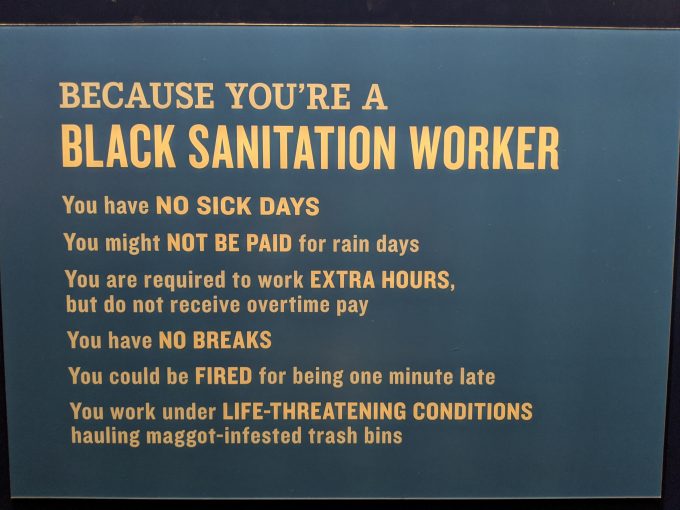
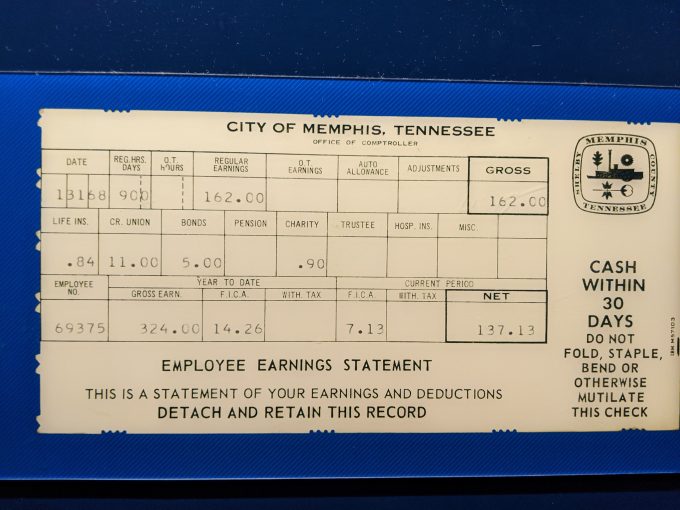
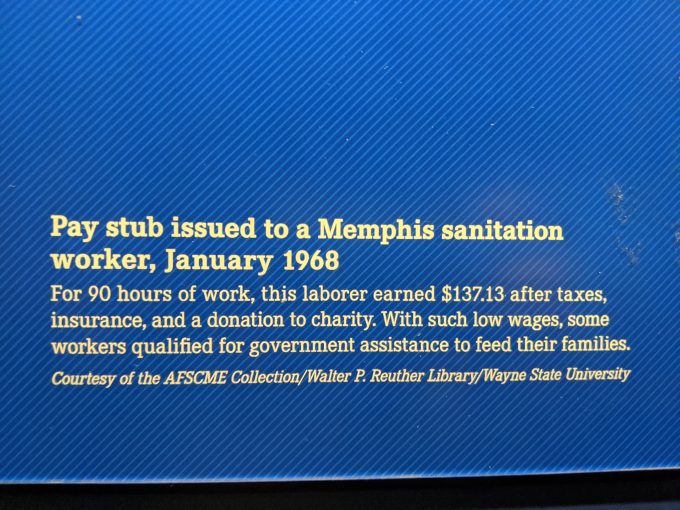
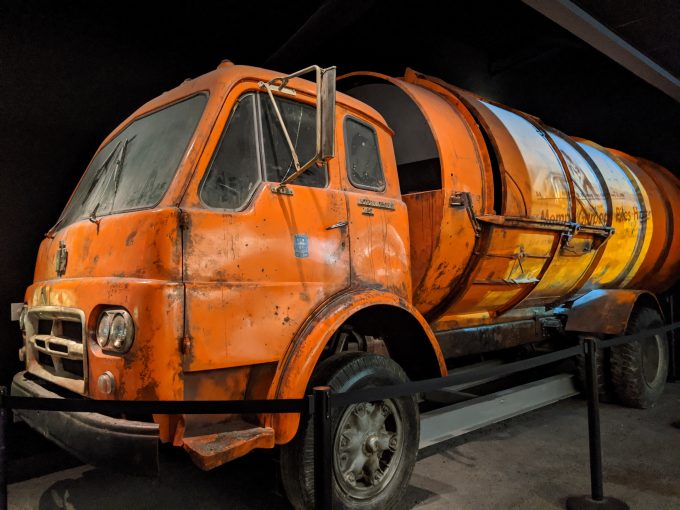
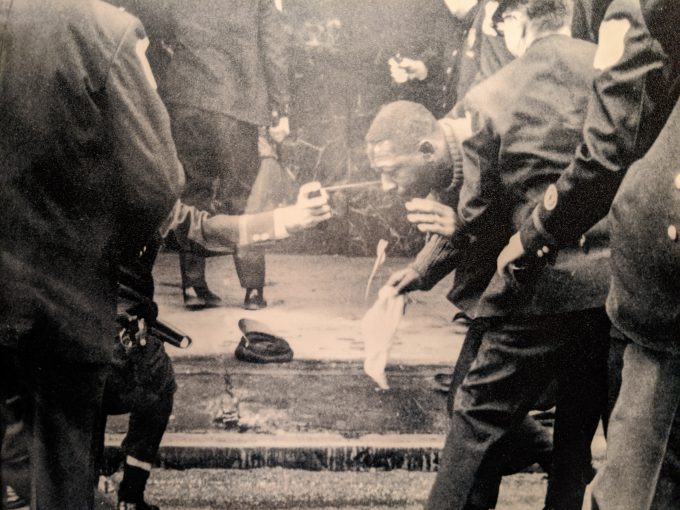
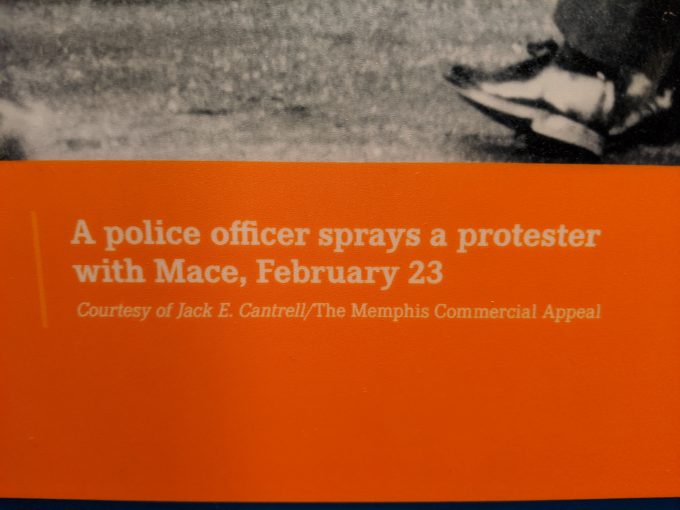
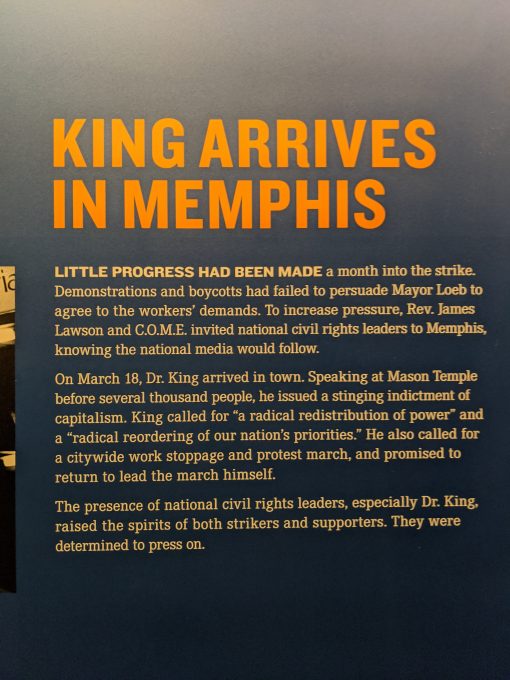


Dr. Martin Luther King’s Assassination
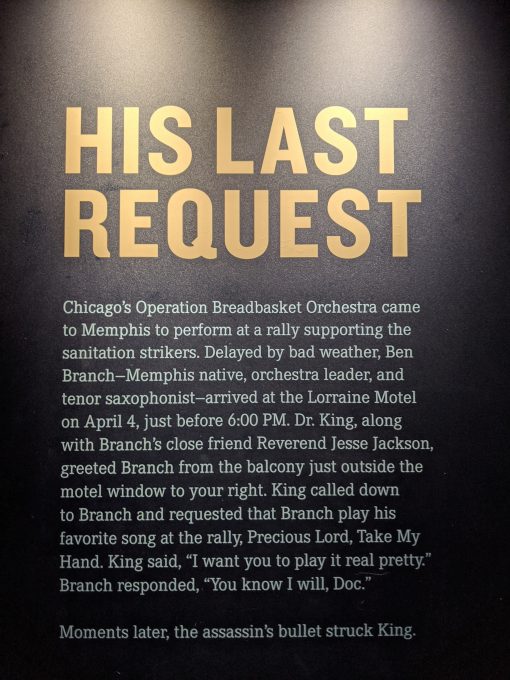
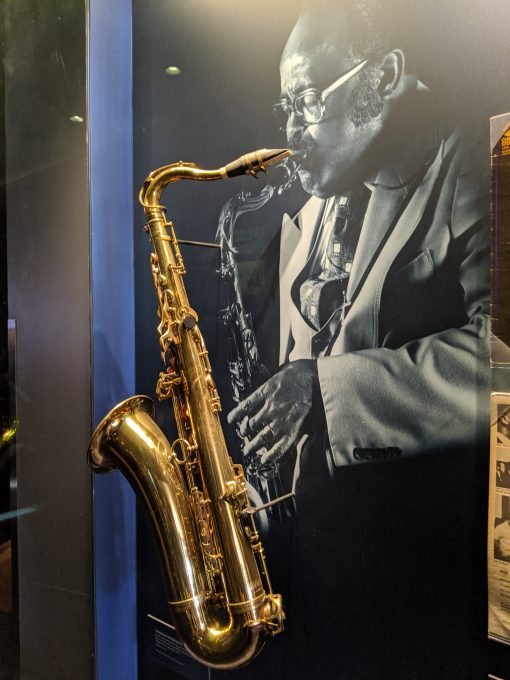


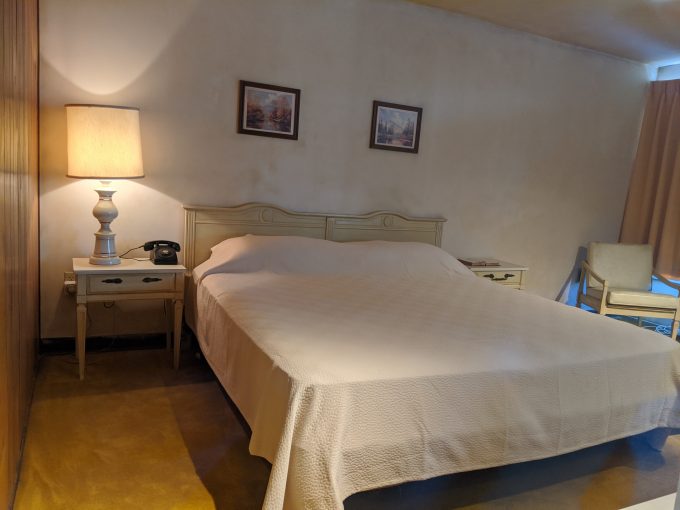
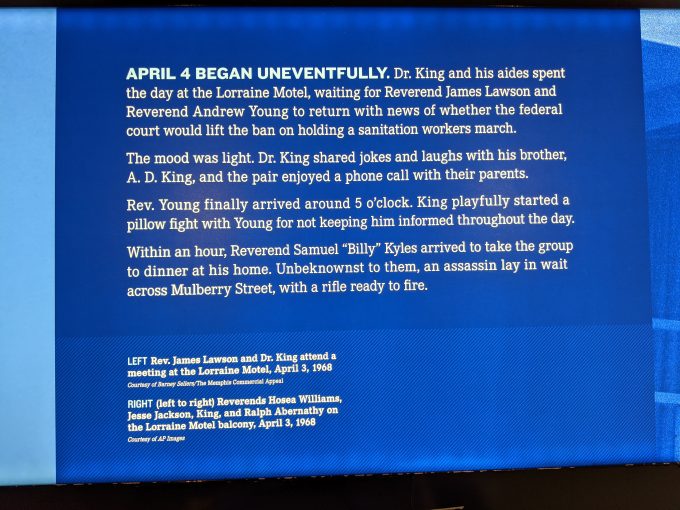

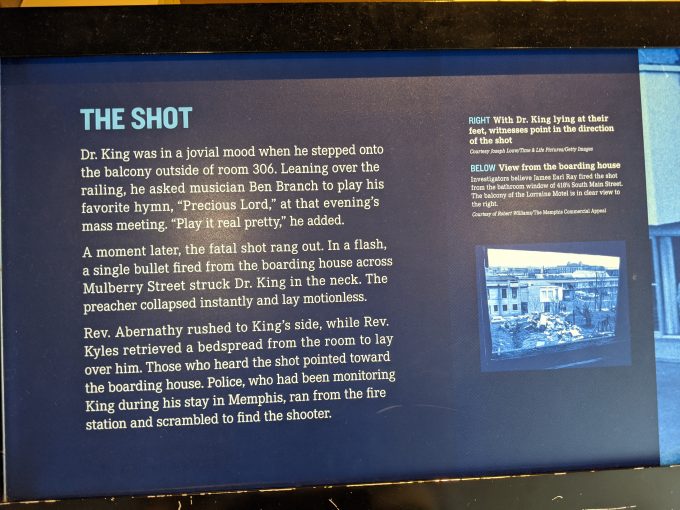
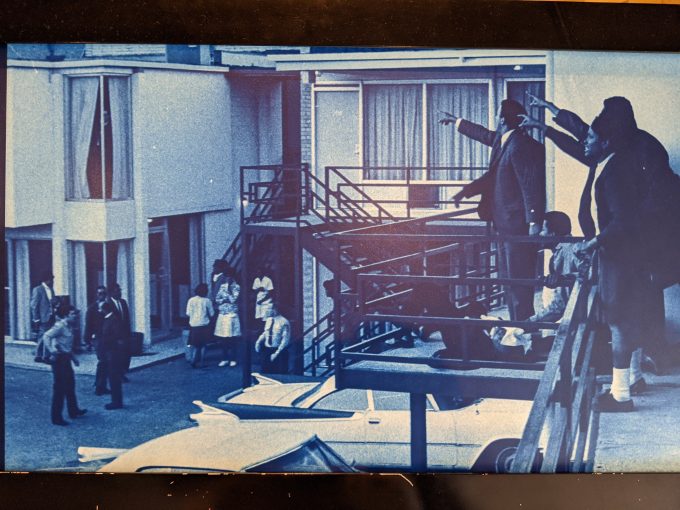
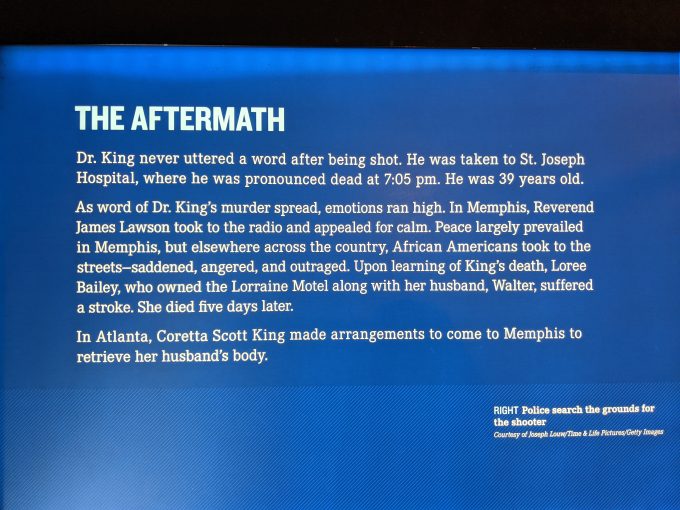
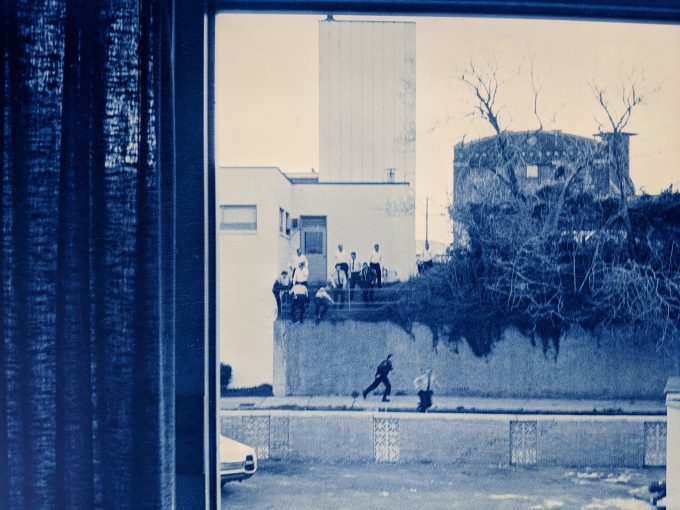
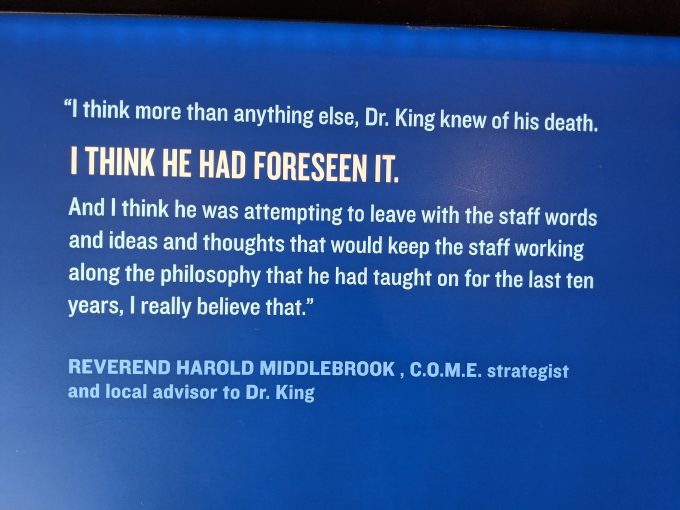


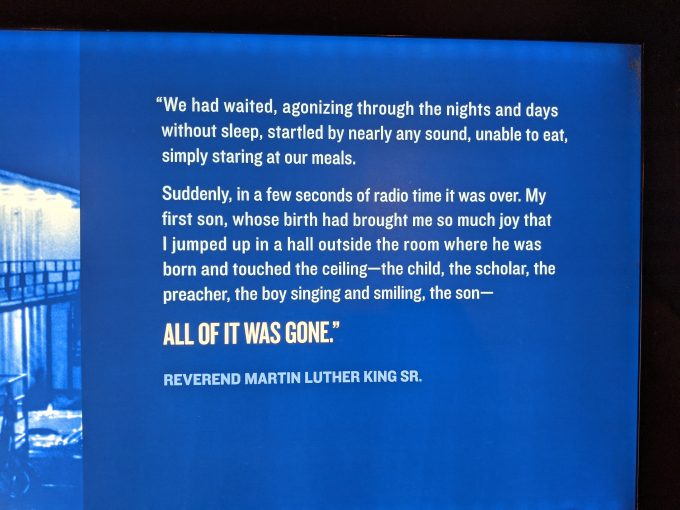
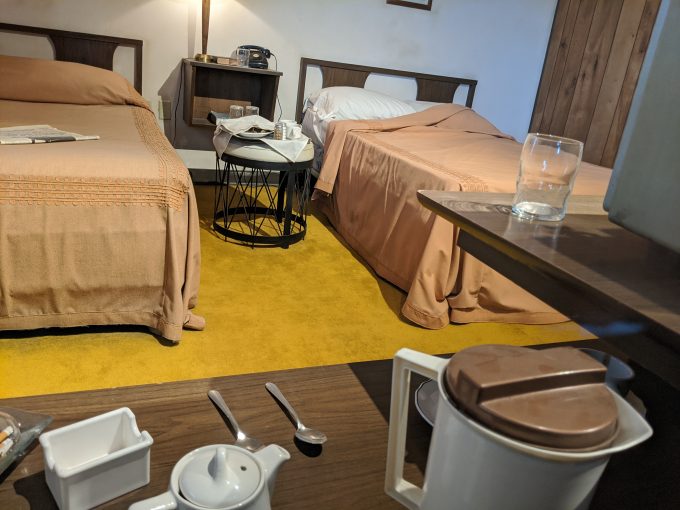
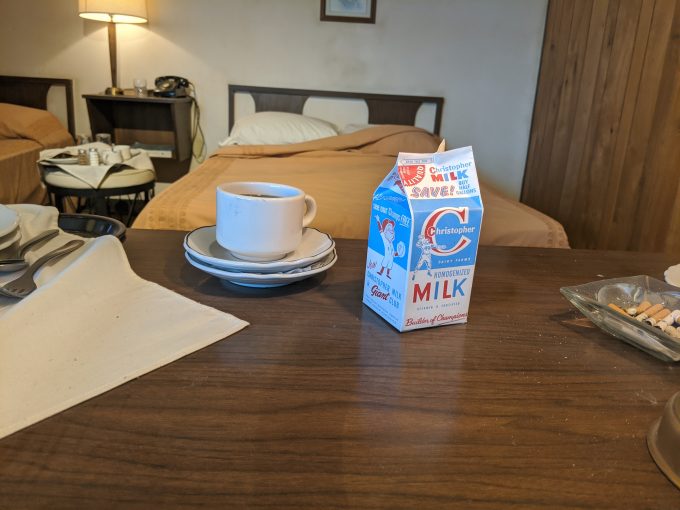


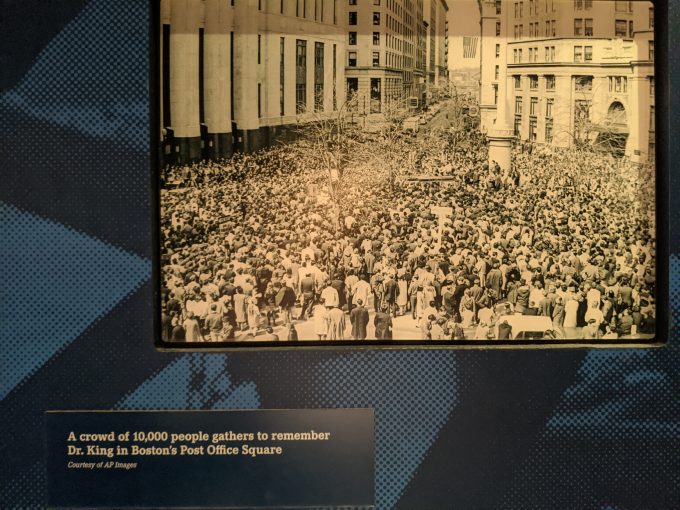

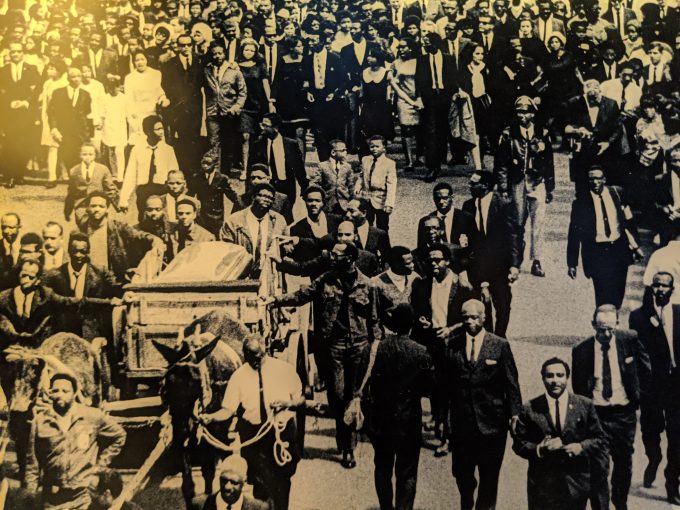
The Aftermath
In the days following Dr. King’s death, the Sanitation Workers Strike ended.
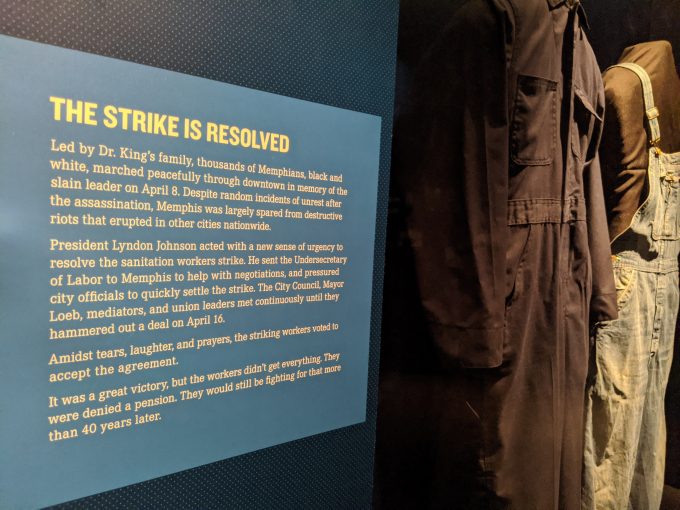
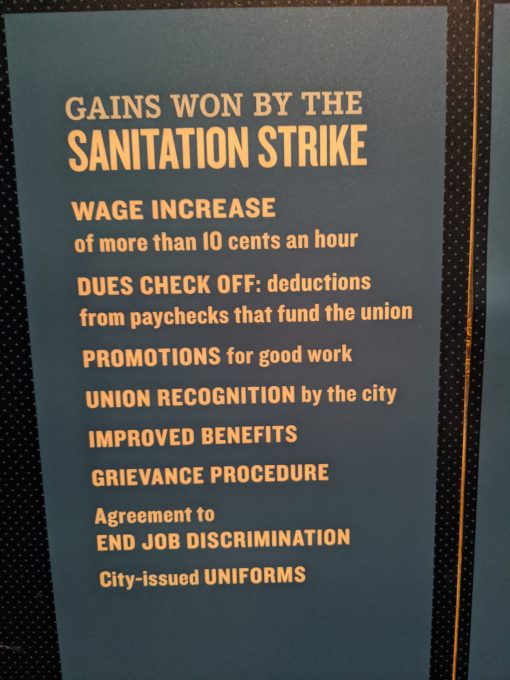
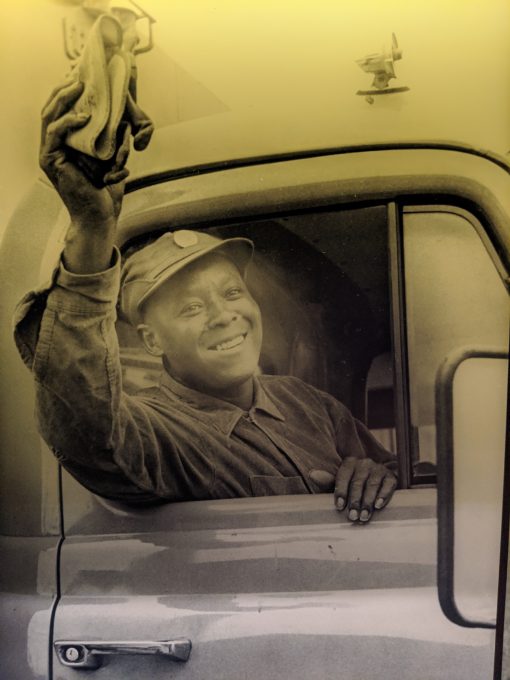

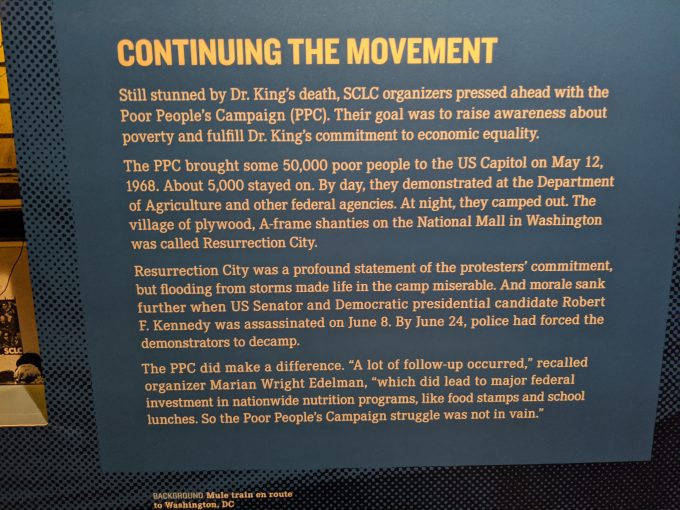
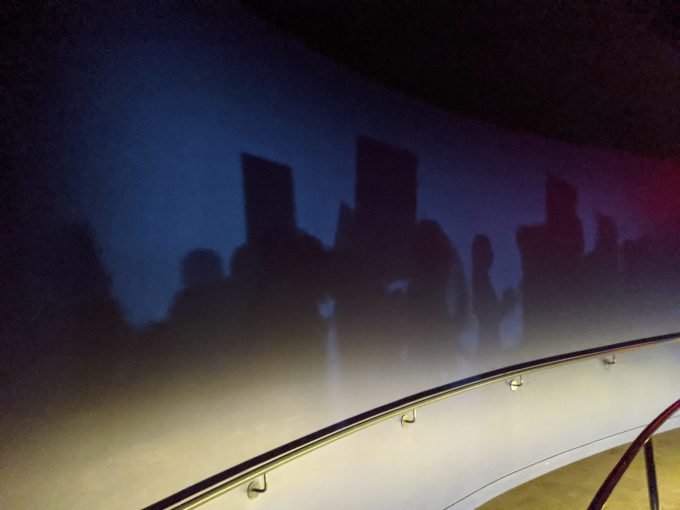
There was also a manhunt for the man who killed Dr. King. At this point in the museum you exit and go across the street to the former boarding house from which James Earl Ray shot Dr. King. There are answers to questions, theories and more. It also includes some actual artifacts from Dr. King’s murder including the gun that was used to shoot him and the bullet removed from his body on April 4, 1968 at the hospital where he was pronounced dead.

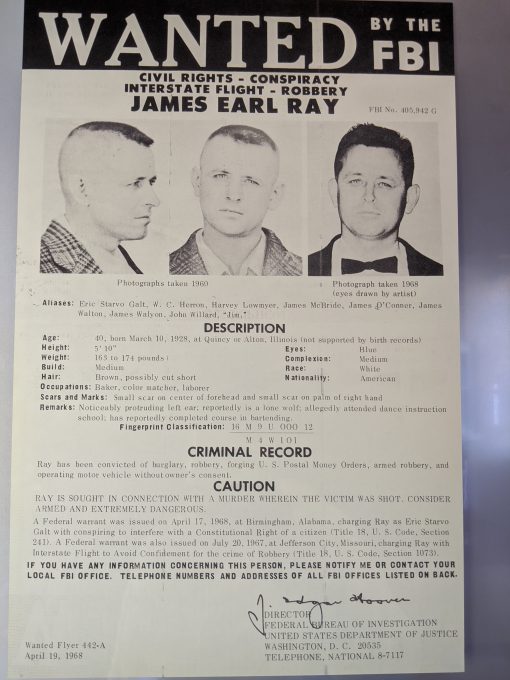

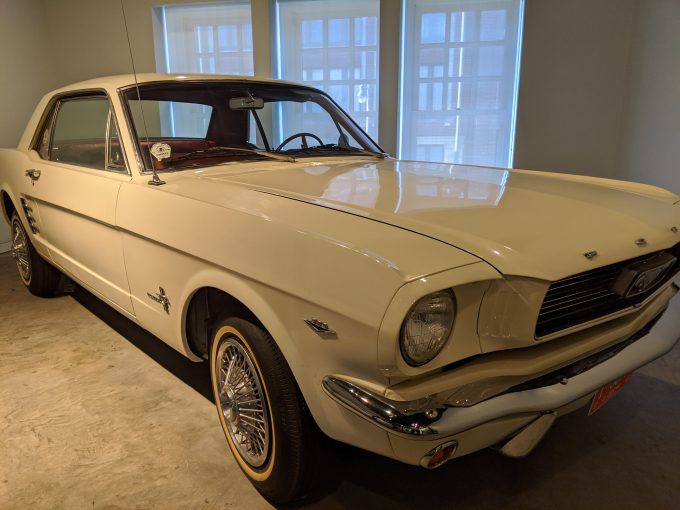
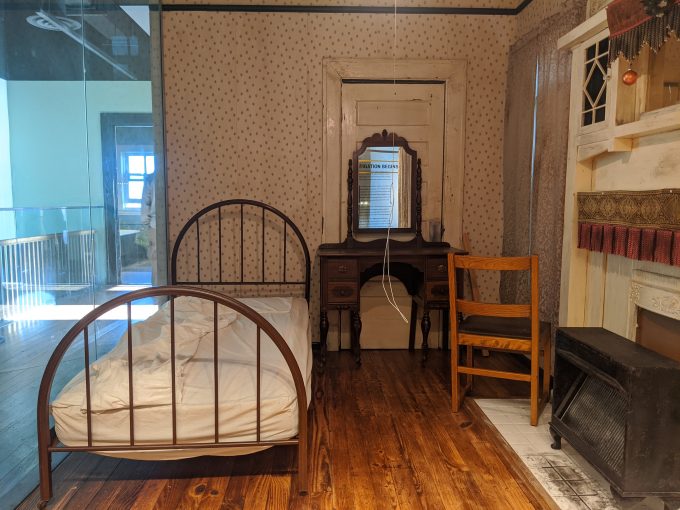
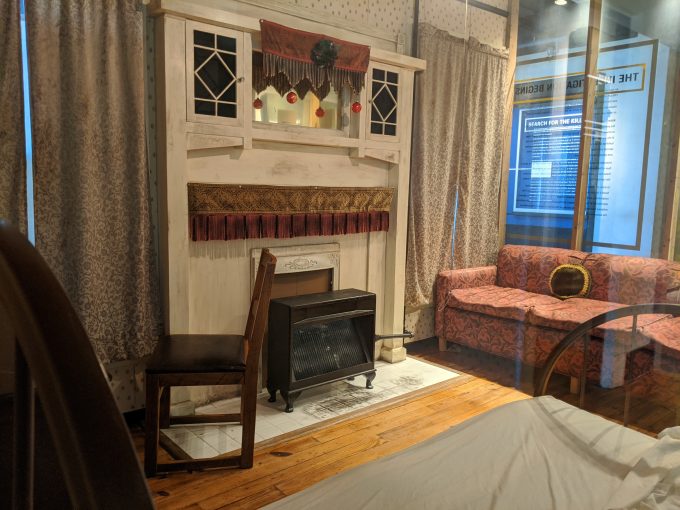



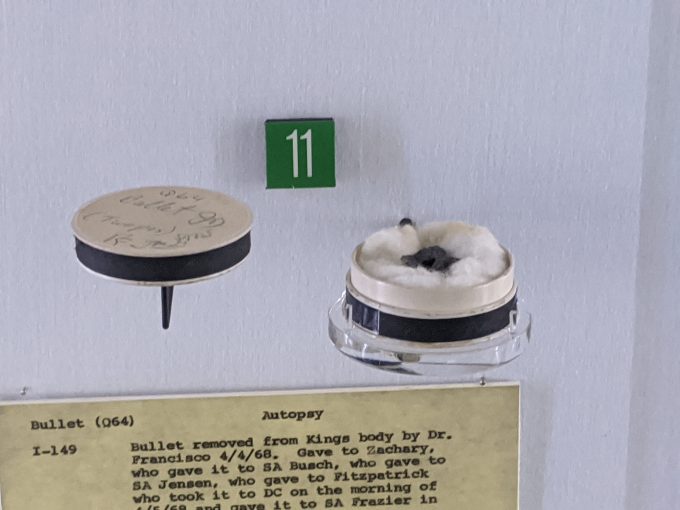
Closing Thoughts
When exiting the museum, you pass the protest on your way back to your car in the parking lot. You’ll leave with a new appreciation for Dr. King’s mission and you might be tempted to agree with the protester’s call for a boycott, but I think the education for future generations carries on Dr. King’s mission in its own way.
If each person that visits makes changes in their community for the betterment of those who are oppressed and impoverished around them, his legacy will continue and the Promised Land will be realized.
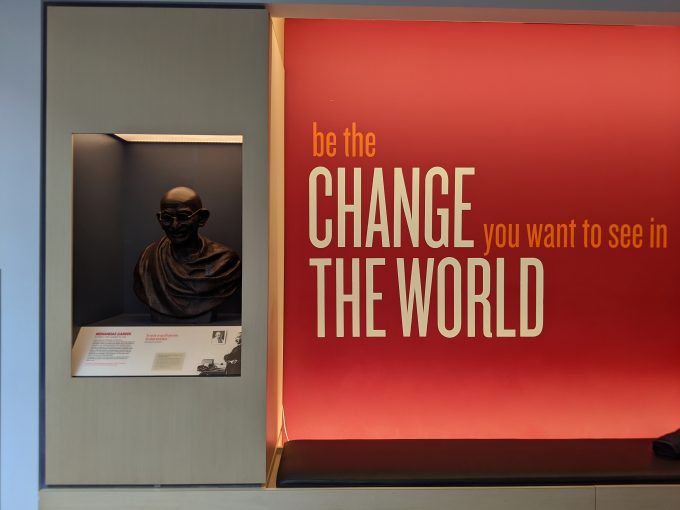


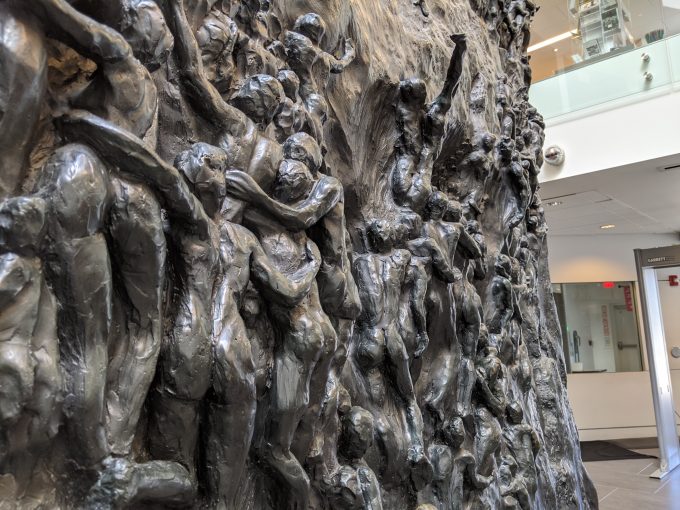

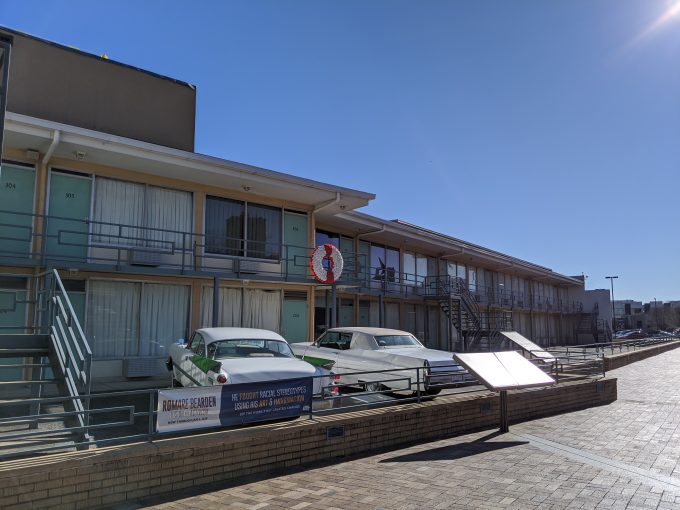
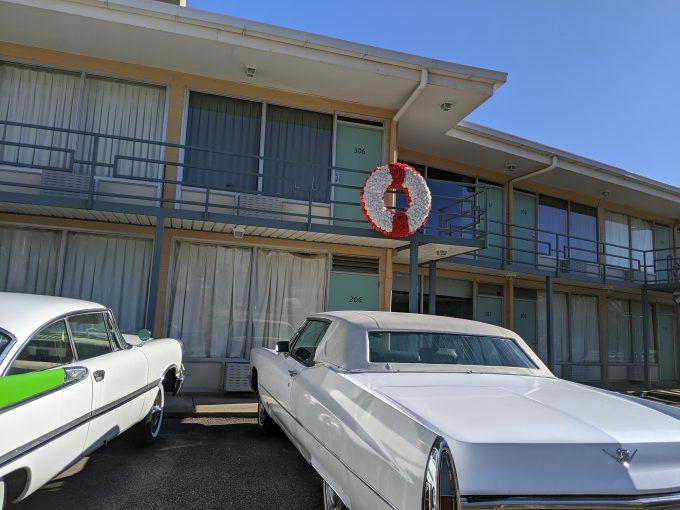

Ticket Prices
At the time of our visit in December 2019, the fees to enter The National Civil Rights Museum were:
- Adults – $17
- Seniors & students – $15
- Children 5-17 – $14
- Children 4 & under – Free
- Members – Free
- Active US military – Free
Address
National Civil Rights Museum, 450 Mulberry St, Memphis, TN 38103
[…] visited a number of civil rights museums on our road trip so far including the National Civil Rights Museum in Memphis, TN, the Rosa Parks Library & Museum in Montgomery, AL and the National Underground Railroad […]